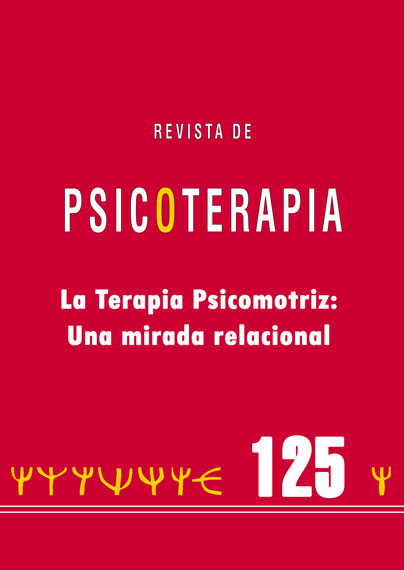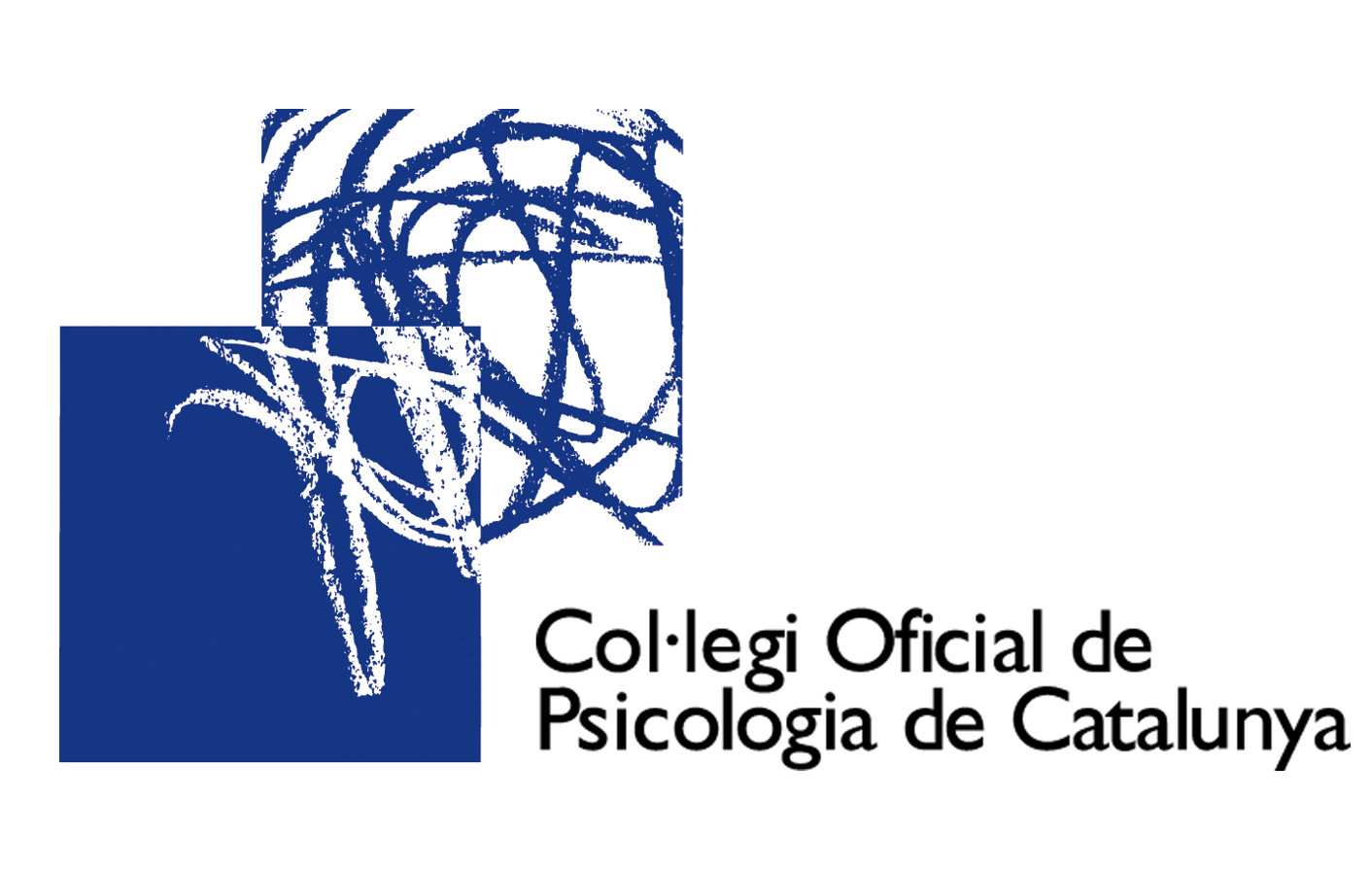Efficacy of Psychomotor therapy Interventions on Anxiety and workrelated Stress in health personnel
DOI:
https://doi.org/10.5944/rdp.v34i125.37821Keywords:
Psychomotor Therapy, Occupational Health, work stressAbstract
This study analyzes the improvements in anxiety and work stress of a group of health workers from the Faculty of Medicine of the University of the Republic (Uruguay). The sample amounts to 133 people to whom various types of tests are applied to measure and evaluate their situation in the aforementioned aspects. The evaluation of the efficacy of therapeutic psychomotor interventions is carried out from standardized tests and to be standardized, for the population in question. Four validated tests are used: Maslach Burnout Inventory for Human Services - MBI-HSS (Maslach, Jackson, Leiter, Schaufeli & Schwab, 1986), Copenhagen Psychosocial Questionnaire - COPSOQ III ((Burr et al., 2019), Multidimensional Assessment of Consciousness Body Interoceptive - Multidimensional Assessment of Interoceptive Awareness - MAIA, 12 sub scales self-regulation and thrust (Mehling et al., 2012) and General Health Questionnaire - G.H.Q.-28 items (Goldberg, 1972).They are applied before the start of the therapeutic psychomotor interventions, and at the end of the 12-session cycle. A psychomotor intervention program is developed as an effective tool for improving personal anxiety and stress conditions caused by complex situations in the workplace.
Downloads
References
Bech, P., Bille, J., Møller, S. B., Hellström, L. C. y Østergaard, S. D. (2014). Psychometric validation of the Hopkins Symptom Checklist (SCL-90) subscales for depression, anxiety, and interpersonal sensitivity. J Affect Disord, 160, 98–103.
Bornemann, B., Herbert, B. M., Mehling, W. E. y Singer, T. (2015). Differential changes in self-reported aspects of interoceptive awareness through 3 months of contemplative training. Consciousness Research, 5, 1504.
Burr, H., Berthelsen, H., Moncada, S., Nübling, M., Dupret, E., …Demiral, Y. (2019) The third version of the Copenhagen Psychosocial Questionnaire. Saf Health Work, 10(4), 482–503.
Cohen, S. y Williamson, G. (1988). Perceived Stress in a probability sample of the United States. In S. spacapan y S. oskamp (Eds.), The Social Psychology of Health Claremont Symposium on Applied Social Psychology (pp. 31-67). Sage.
Courtois, I., Cools, F. y Calsius, J. (2015). Effectiveness of body awareness interventions in fibromyalgia and chronic fatigue syndrome: a systematic review and meta-analysis. Journal of Bodywork and Movement Therapies, 19(1), 35–56. https://doi.org/10.1016/j.jbmt.2014.04.003
Chiesa, A. y Serretti, A. (2009). Mindfulness-based stress reduction for stress management in healthy people: a review and meta-analysis. Journal of Alternative and Complementary Medicine, 15(5), 593–600. https://doi.org/10.1089/acm.2008.0495
Eskildsen, A., Dalgaard, V. L., Nielsen, K. J., Andersen, J. H., Zachariae, R., Olsen, L. R., Jørgensen, A. y Christiansen, D. H. (2015). Cross-cultural adaptation and validation of the Danish consensus version of the 10-item Perceived Stress Scale. Scandinavian Journal of Work, Environment & Health, 41(5), 486–490. https://doi.org/10.5271/sjweh.3510
García, R. G., Alonso Sangregorio, M. y Sánchez, M. (2019). Factorial Validity of the Maslach Burnout Inventory-Human Services Survey (MBI-HSS) in a Sample of Spanish Social Workers. Journal of Social Service Research, 45(2), 207–219.
Gavelin, H. M., Boraxbekk, C. J., Stenlund, T., Järvholm, L. S. y Neely, A. S. (2015) Effects of a process-based cognitive training intervention for patients with stress-related exhaustion. Stress, 18(5), 578–88.
Gibbons, P., Arévalo, H. F. de, & Mónico, M. (2004). Assessment of the factor structure and reliability of the 28 item version of the General Health Questionnaire (GHQ-28) in El Salvador. International Journal of Clinical and Health Psychology, 4(2), 389–398.
Goldberg, D.P. (1972). Detección de enfermedades psiquiátricas mediante un cuestionario. Londres: Oxford University Press.
Hoge, E.A., Guidos, B.M., Mete, M., Bui, E., Pollack, M.H.,... & Simon, N.M. (2017). Effects of mindfulness meditation on occupational functioning and health care utilization in individuals with anxiety. J Psychosom Res, 95, 7–11.
Lobo, A., Pérez-Echeverría, M. J., & Artal, J. (1986). Validity of the scaled version of the General Health Questionnaire (GHQ-28) in a Spanish population. Psychological Medicine, 16(1), 135–140.
Machorrinho, J., Rosário, I. M., Marques, M. do C. M. P. y Marmeleira, J. F. F. (2017). Aplicações Do Multidimensional Assessment of Interoceptive Awareness (Maia). Revisão Sistemática. RIASE, 3(1).
Maslach, C., Jackson, S. E., Leiter, M. P., Schaufeli, W. B. y Schwab R. L. (1986) Maslach burnout inventory sampler set manual, general survey, human services survey, educators survey, & scoring guides. Mind Garden Publishers, Menlo Park.
Mehling, W. E., Price, C., Daubenmier, J. J., Acree, M., Bartmess, E. y Stewart, A. (2012) The Multidimensional Assessment of Interoceptive Awareness (MAIA). PLoS ONE 7(11), e48230.
Mehling, W. E., Chesney, M. A., Metzler, T. J., Goldstein, L. A., Maguen, S., Geronimo, C., Agcaoili, G., Barnes, D. E., Hlavin, J. A. y Neylan, T. C. (2018). A 12-week integrative exercise program improves self-reported mindfulness and interoceptive awareness in war veterans with posttraumatic stress symptoms. Journal of Clinical Psychology, 74(4), 554–565.
Montoya-Hurtado, O., Gómez-Jaramillo, N., Bermúdez-Jaimes, G., Correa-Ortiz, L., Cañón, S., Juárez-Vela, R., Santolalla-Arnedo, I., Criado-Pérez, L., Pérez, J., Sancho-Sánchez, M. C. y Criado-Gutiérrez, J. (2023). Psychometric Properties of the Multidimensional Assessment of Interoceptive Awareness (MAIA) Questionnaire in Colombian University Students. Journal of Clinical Medicine, 12(8), 2937.
Netterstrøm, B., Friebel, L. y Ladegaard, Y. (2013). Effects of a multidisciplinary stress treatment programme on patient return to work rate and symptom reduction: results from a randomised, wait-list controlled trial. Psychother Psychosom, 82(3), 177-186.
Office of the European Union. (2010). Health and safety at work in Europe (1999–2007): a statistical portrait. (Eurostat). Publications.
Olsen, L. R., Mortensen, E. L. y Bech, P. (2004). The SCL-90 and SCL-90R versions validated by item response models in a Danish community sample. Acta Psychiatr Scand. 110(3), 225–229.
Seidler, A., Thinschmidt, M., Deckert, S., Then, F., Hegewald, J., Nieuwenhuijsen, K., & Riedel-Heller, S. G. (2014). The role of psychosocial working conditions on burnout and its core component emotional exhaustion – a systematic review. Journal of Occupational Medicine and Toxicology, 9(1), 10.
Valenzuela-Moguillansky, C. y Reyes-Reyes, A. (2015). Psychometric properties of the multidimensional assessment of interoceptive awareness (MAIA) in a Chilean population. Frontiers in Psychology, 6.
Van Der Molen, H. F., Nieuwenhuijsen, K., Frings-Dresen, M. H. W. y De Groene, G. (2020). Work-related psychosocial risk factors for stress-related mental disorders: An updated systematic review and meta-analysis. BMJ Open, 10(7), e034849.
Zelaschi, M. C., Cornelio, C., Reif, L. y Amable, M. (2021). Validación de un cuestionario de riesgos psicosociales en población trabajadora argentina (COPSOQII-ISTAS21). Revista de Psicología, 20(2), 2–17. https://doi.org/10.24215/2422572Xe084
Downloads
Published
How to Cite
Issue
Section
License
Authors who publish in this journal accept the following conditions:
-
Authors retain copyright and grant the journal the right of first publication, with the work registered under the Creative Commons CC-BY-NC 4.0 International license. This license allows third parties to cite the text and use it without alteration and for non-commercial purposes, provided they credit the authorship of the work and its first publication in this journal.
-
Authors may enter into other independent and additional contractual agreements for the non-exclusive distribution of the version of the article published in this journal (e.g., including it in an institutional repository or publishing it in a book), provided they clearly indicate that the work was first published in this journal.
-
The views expressed in the articles are solely the responsibility of the authors and in no case do they reflect the opinions or scientific policies of the journal.









